Whale shark facts – learn about the biggest fish in the world! Find out where whale sharks live, how big they are, what they eat, their conservation status, and much more.
Be sure to watch the video of a trapped whale shark being rescued by divers.
Whale Shark Facts At A Glance
- Scientific name: Rhincodon typus
- Type of Animal: Fish
- Animal Family: Rhincodontidae
- Where Found: Warm waters of the Atlantic, Pacific and Indian Oceans
- Average Length: 9.7 m (31.8 ft.)
- Average weight: 9 t (20,000 lb.)
- Mouth width: Up to 1.5 m (5 ft.)
- Conservation Status: Endangered
- Other interesting whale shark facts: The lifespan of a whale shark is between 70 and 100 years.
Whale Sharks: Introduction
The whale shark is the biggest fish in the world. Several unverified reports of giants over 18 m (60 ft.) long exist, but the biggest individual of a confirmed size was 12.65 m (41.5 ft.) long and weighed roughly 21.5 tons. Despite its huge size, the whale shark is a docile creature that poses no threat to humans.
The whale shark has a narrow mouth spanning the width of its flattened head and five pairs of large gills. Its small eyes can rotate, close and draw back into their sockets.
The whale shark’s skin is 10 cm (4 in) thick, and has tiny 'teeth' called dermal denticles covering its surface.
There are three ridges running along each side of the fish’s body, and the striking pattern of spots and stripes is unique to each individual shark.
Whale Shark Caught In A Fishing Net
In this amazing video, divers rush to assist a whale shark that has become caught in a fishing net.
Where Is The Whale Shark Found?
The whale shark is found in oceanic and coastal waters between latitudes 30°N and 35°S.
(‘Latitude’ is how far north or south something is. 0° is the Equator. 90°N is the North Pole and 90°S is the South Pole.)
The whale shark usually prefers warm waters within a temperature range of 20°C to 26°C (68 to 78.8°F), but will occasionally venture further into temperate waters. Sightings have been recorded as far north as the Bay of Fundy in Canada and as far south as off the Australian state of Victoria.
The shark is usually seen near the surface but has also been discovered at depths of 1,928 m (6,325 ft.).
Whale Shark Migration
The whale shark is not a very fast swimmer, but it is a highly mobile species, covering an estimated 24 to 28 km (15 to 17.5 m) per day. It will move over large distances to reach major coastal feeding areas, with migrations coinciding with the mass spawning of fish shoals and plankton blooms.
The longest recorded migration of a whale shark was 13,000 km (8,073 m) from the Gulf of California, Mexico, to Tonga in the middle of the Pacific Ocean.
Feeding Aggregations
The whale shark is generally a solitary species, but major feeding areas can see aggregations of over 500 sharks. Individuals often return to familiar sites, gathering in places like the Ningaloo Reef in Western Australia. Most of the sharks found at the coastal feeding sites are young males, while older males and females are more likely to feed on larger prey in oceanic waters.
What Do Whale Sharks Eat?
The whale shark is one of the only three filter feeding shark species, alongside the basking shark and the megamouth shark. It eats plankton, small fish (such as sardines and anchovies), jellyfish and squid. It will also eat fish and coral eggs released during mass spawning events.
How Does The Whale Shark Eat?
The whale shark has 300 to 350 rows of tiny teeth in its mouth but they play no role in the feeding process. The shark catches its prey by either swimming with an open mouth, straining its food from the water with the help of forward propulsion (known as ram filtration or 'passive feeding'), or by sucking in water and forcing it through the filtering system while stationary (known as suction feeding).
The whale shark is also known to sometimes assume a vertical position underneath a shoal of fish in order to draw prey into its mouth by moving up and down in the water.
Whale Shark Facts: Breeding
The whale shark produces eggs that hatch within the body of the mother before the young are born (this is known as ovoviviparity). Although the whale shark gives birth to live young, the development of the young is a very different process to that seen in animals such as mammals.
A female whale shark can have hundreds of young at a time - one individual was found to carry 304 shark pups of different ages, the largest litter number recorded in any shark species. The young are 40 cm to 60 cm (15.5 to 23.5 in) long at birth.
The whale shark matures at around 30 years with a generation length of about 25 years. Its lifespan is between 70 and 100 years.
Is The Whale Shark Endangered?
The whale shark is currently rated 'Endangered' by the IUCN.
The Indo-Pacific subpopulation (which makes up an estimated 75% of the global population) is assessed as 'Endangered' while the Atlantic subpopulation is assessed as 'Vulnerable'. The actual size of the global population of whale sharks is difficult to determine, but is estimated to have shrunk by more than half over the last 75 years. It is thought that the population is still declining.
The whale shark is particularly vulnerable to:
- Fishing. Both legal and illegal fishing of whale sharks continues in some countries, particularly China and Oman, where there is still demand for their meat, fins and traditional medicinal products made out of other body parts.
- Bycatch. Whale sharks are accidentally caught in fishing gear, especially large gill nets.
- Vessel strikes. Where the whale sharks aggregate in large numbers and feed near the surface, collisions with ships are often a cause of death and serious injuries. Whale shark tourism may also increase the risk of boat strike, though this rapidly growing industry also provides a financial incentive to protect the sharks.
Whale Shark Facts: Conclusion
Despite its great size, the whale shark is at risk and its global population continue to decline. Why not help raise awareness about this and other endangered animals by telling your friends about the problems these animals are facing?
Related Articles
You can find out about other shark species in the following related articles:
- Types Of Sharks: Shark Species List with Pictures & Facts
- Great White Shark Facts
- Tiger Shark Facts
- Greenland Shark Facts
- Is A Shark A Fish?
Find out more about endangered animals here:
You can discover more about fish on the pages below:
- Become a fish expert: Fish - The Ultimate Guide
- Discover more about fish: Types of Fish with Pictures & Facts
- Know someone who loves fish? Get some gift ideas: Fish Gift Ideas

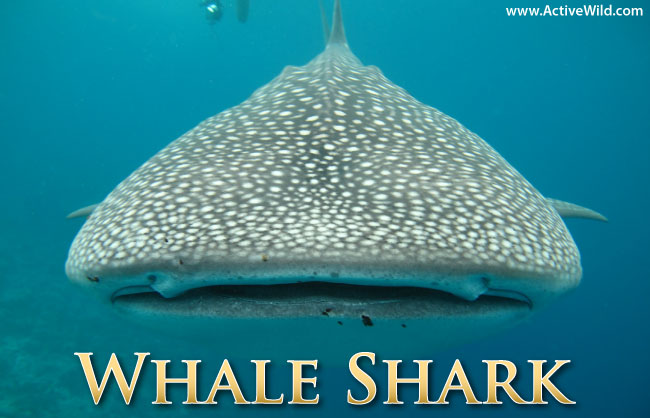
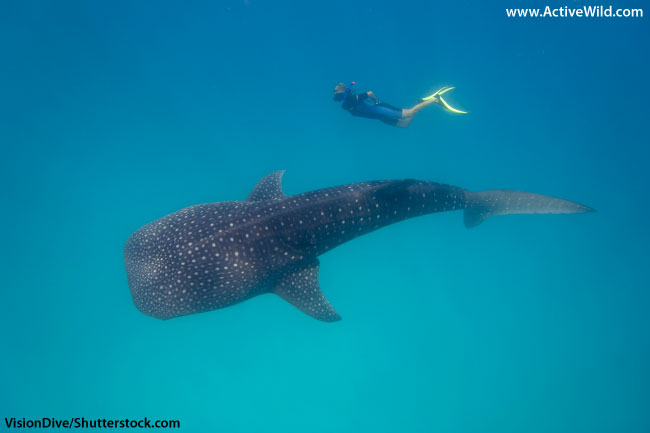
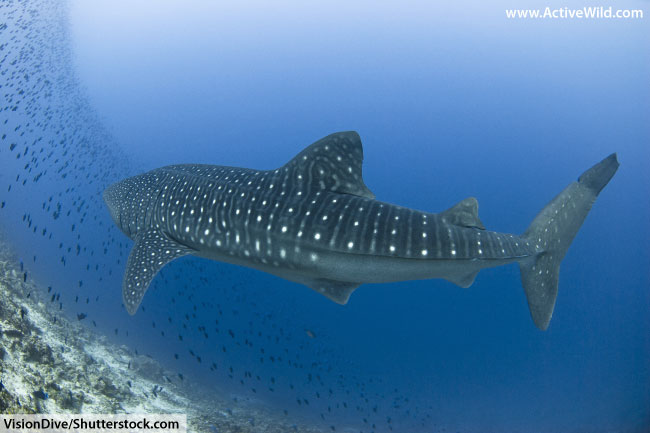
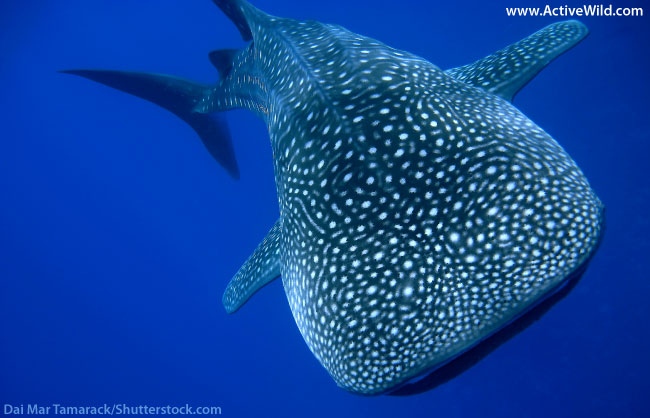
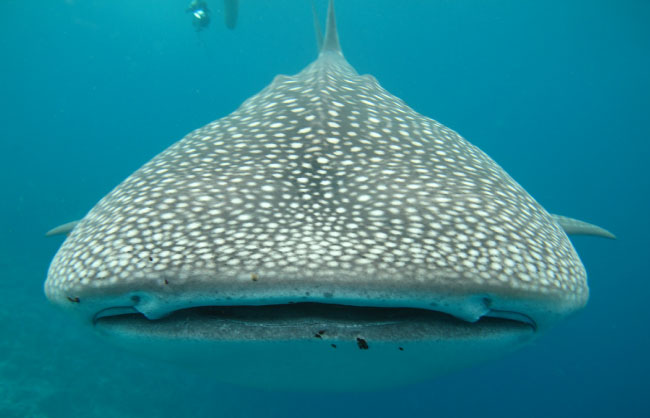
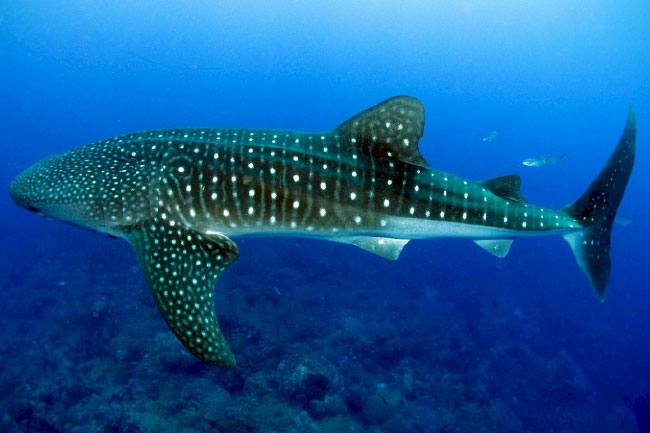

if whale sharks population do go back to normal im going to star saving my money so i can go see them up close. its been a childhood dream of mine to see them up close.